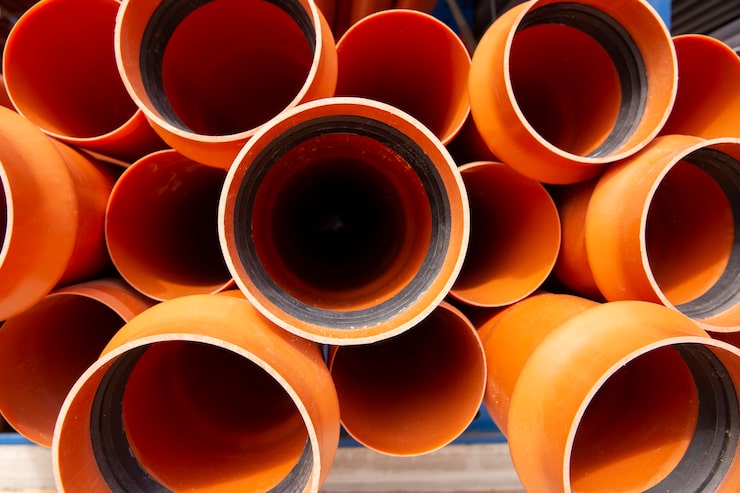In manufacturing, one of the most important machines used to shape plastics is the plastic extruder. Many people ask what does a plastic extruder do, especially when trying to understand how everyday plastic products like pipes, films, or profiles are made. A plastic extruder is a machine that takes raw plastic material, melts it, and forces it through a die to create continuous shapes. These shapes can then be cut, cooled, or further processed into finished products.
The core function of a plastic extruder is to convert raw polymer into a usable form. Plastic materials usually start as pellets, granules, or powders. These are fed into the hopper of the extruder and then moved forward by a rotating screw inside a heated barrel. As the material travels down the barrel, it is gradually heated, compressed, and melted. By the time it reaches the end of the barrel, the plastic is in a molten state, ready to be shaped.

The molten material is then forced through a die, which is a specially designed tool that determines the final cross-sectional shape of the plastic product. For example, when producing plastic pipes, the die creates a hollow cylindrical profile. When making films or sheets, the die produces flat, thin shapes. This ability to produce continuous lengths of material is what makes extrusion so efficient for mass production.
There are different types of plastic extruders, but the most common is the single-screw extruder. It is widely used for straightforward applications like pipe, tubing, or sheet production. In more complex cases, a twin-screw extruder may be used. Twin-screw machines provide better mixing, making them ideal for compounding plastics with additives, fillers, or colorants. They also allow for greater control of the material properties during processing.
Another key function of the plastic extruder is controlling the properties of the final product. By adjusting temperature, screw speed, and pressure, manufacturers can influence the strength, flexibility, thickness, and surface finish of the plastic. This makes extrusion highly versatile, allowing it to produce everything from rigid construction profiles to soft packaging films.
Beyond shaping, extruders also support specialized processes. For example, co-extrusion allows multiple layers of different materials to be extruded together, producing products like multi-layer films that combine strength, barrier protection, and flexibility. Extrusion coating applies a thin layer of plastic onto paper, foil, or fabric to add protection or improve durability. These variations expand the applications of extrusion far beyond simple shapes.
The products made by plastic extruders are everywhere in daily life. Pipes and conduits, window and door frames, plastic sheets, wire insulation, and packaging films are just a few examples. Industrial sectors such as construction, automotive, electronics, and consumer goods all rely on extrusion to create reliable and cost-effective components.
Another important aspect of plastic extruders is their role in recycling and sustainability. Many extruders are designed to process recycled plastic materials, turning waste into usable products. This helps reduce landfill waste and supports the circular economy by extending the life of plastic materials. With growing environmental concerns, the ability of extruders to handle recycled content has become a major advantage for manufacturers.
In industrial practice, extruders are valued not only for their versatility but also for their efficiency. The continuous nature of extrusion means that once the machine is running, it can produce large volumes of material with consistent quality. This makes it one of the most economical methods for producing plastic products on a large scale.
Looking ahead, advances in extruder technology are enabling greater precision, automation, and energy efficiency. Digital monitoring systems allow operators to track temperature, pressure, and flow in real time, reducing errors and improving product quality. As industries demand more specialized plastic products, extruders will continue to evolve, supporting applications in medical devices, renewable energy systems, and advanced packaging solutions.


